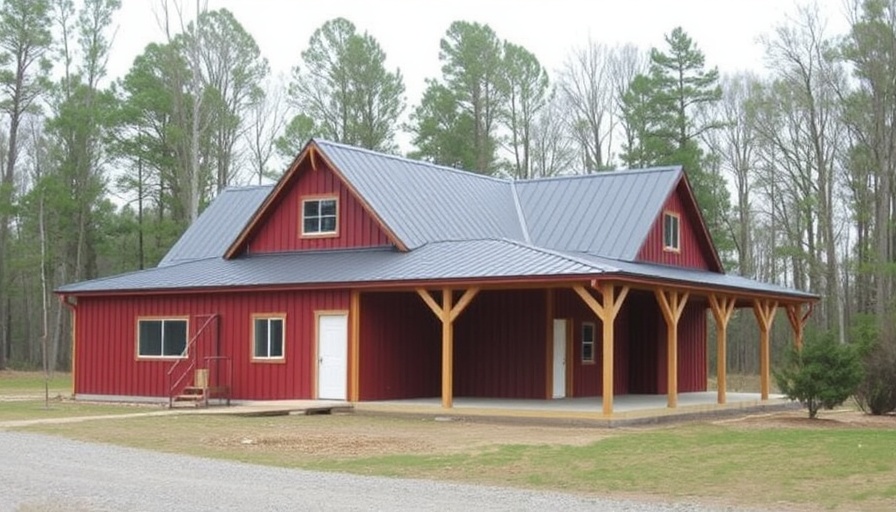
Navigating Change Management in Construction Projects
In the fast-paced world of commercial construction, project teams can excel in terms of on-time and on-budget delivery, yet still face the challenge of user acceptance, known as the "adoption gap." This phenomenon often leaves teams perplexed as they watch their projects meet every operational standard only to be met with silent rejection from the very users they aimed to serve. Mario González, a seasoned change-management practitioner, sheds light on practical strategies to address this critical gap in Episode 531 of The Project Management Podcast.
Understanding the Adoption Gap
The term “adoption gap” refers to the disparity between completing a project and ensuring its thorough acceptance by those who will utilize it. Experts highlight that even the most meticulously planned projects can fail to deliver value if users don’t embrace the changes made. Cases abound in the construction sector where teams are left scratching their heads over user resistance. Encountering pushback can feel disheartening, but recognizing the symptoms early is crucial. {Mario González stresses the importance of maintaining engagement through effective change management techniques, evident from his fifteen years of experience in managing public-sector projects.}
A Proactive Approach to Stakeholder Engagement
One of González’s core recommendations is to classify stakeholders into categories: supporters, neutrals, and resistors. By genuinely understanding these dynamics, project teams can tailor their approach to engage each group more effectively. It’s beneficial to run quick user readiness surveys that uncover potential barriers and to pair training sessions with practical workshops. This engagement ensures that the team is not just transacting information, but genuinely setting the stage for transformation.
Key Performance Indicators: Measuring Real Engagement
How can leaders ascertain whether their change initiatives are thriving? González suggests utilizing three key performance indicators (KPIs): user surveys, informal feedback, and actual usage metrics. Frequent check-ins with stakeholders and exploring their sentiments can uncover insights that guide next steps, and keeping tabs on login trends can signal varying levels of engagement. This data-centric approach allows project managers to pivot their strategies based on real-time feedback, addressing concerns before they escalate into resistance.
Celebrating Wins to Foster Momentum
González emphasizes the importance of celebrating early victories in building a positive change culture. Highlighting small successes demonstrates the project's worth and encourages wider support among stakeholders. By creating a narrative of success, project teams can leverage positive feedback during later phases of project development, fostering an environment conducive to more pronounced buy-in.
Post-Launch: Sustaining Momentum
Even after the project launches, sustaining stakeholder engagement is essential. González suggests that project managers should refresh training materials regularly and maintain open channels for feedback. This ongoing dialogue not only prevents resentment from building but also nurtures a climate of continuous improvement.
In summary, closing the adoption gap requires a concerted effort in stakeholder engagement and continuous feedback. With the right tools and a proactive mindset, project managers can transform potential resistance into enthusiastic advocacy, ensuring the success of their initiatives in today’s competitive construction environment.
 Add Row
Add Row  Add
Add 




Write A Comment